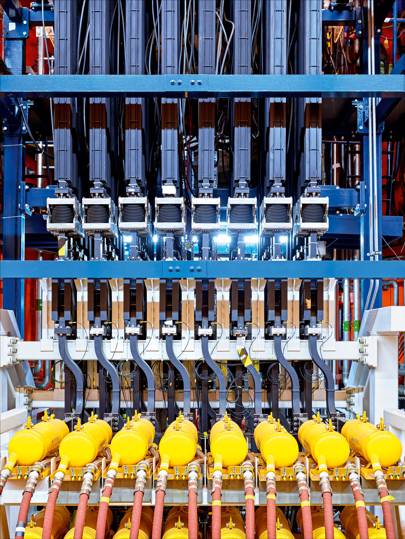Nuclear fusion – a process which some scientists claim could safely power the world without producing radioactive waste – has remained elusive since work began on it in the 1920s. But now it's a step closer to reality, as researchers attempt to recreate the power of the Sun by building a star on Earth.
Dozens of scientific projects have fought to make commercial nuclear fusion a reality. None has succeeded. But in 2021, an ambitious European-funded project in the UK will switch on for the first time in 23 years, and it could be a vital step on the road to fusion.
Inside a reactor shaped like a giant doughnut, scientists from the Joint European Torus (or JET) project will smash hydrogen atoms together at high speed, releasing a huge amount of energy and heat in the form of plasma. Temperatures will reach a level ten times hotter than the Sun as the plasma swirls around.
The experiment is paving the way for ITER, a bigger nuclear fusion reactor project based in the south of France and funded by 35 countries, which will demonstrate fusion on the scale of commercial power production, yielding almost limitless amounts of energy in the process. That huge project, which will be unveiled in 2025, is relying on JET’s experiments to cut down the amount of time required to take fusion power out of the lab and into our homes.
JET Tokamak

The exterior of Europe’s JET tokamak at Culham, a doughnut-shaped magnetic confinement device for fusion energy. At JET, European scientists smash hydrogen atoms together in a hot plasma at high speed, releasing a huge amount of energy.
Waveguides

These colourful pipes are called waveguides, and they are used to transmit microwaves into the plasma — an ionised state of matter similar to a gas — to help heat it up to temperatures ten times hotter than the Sun.

Comments
Post a Comment